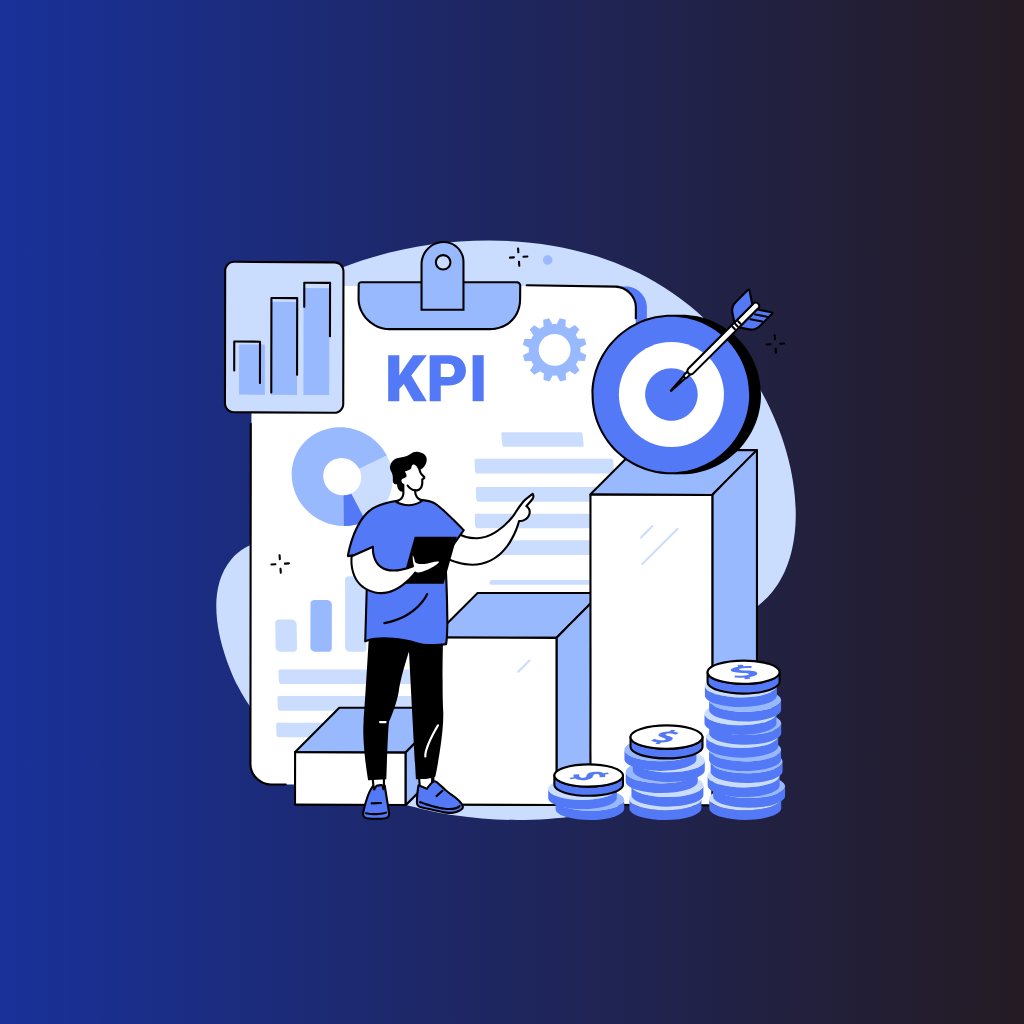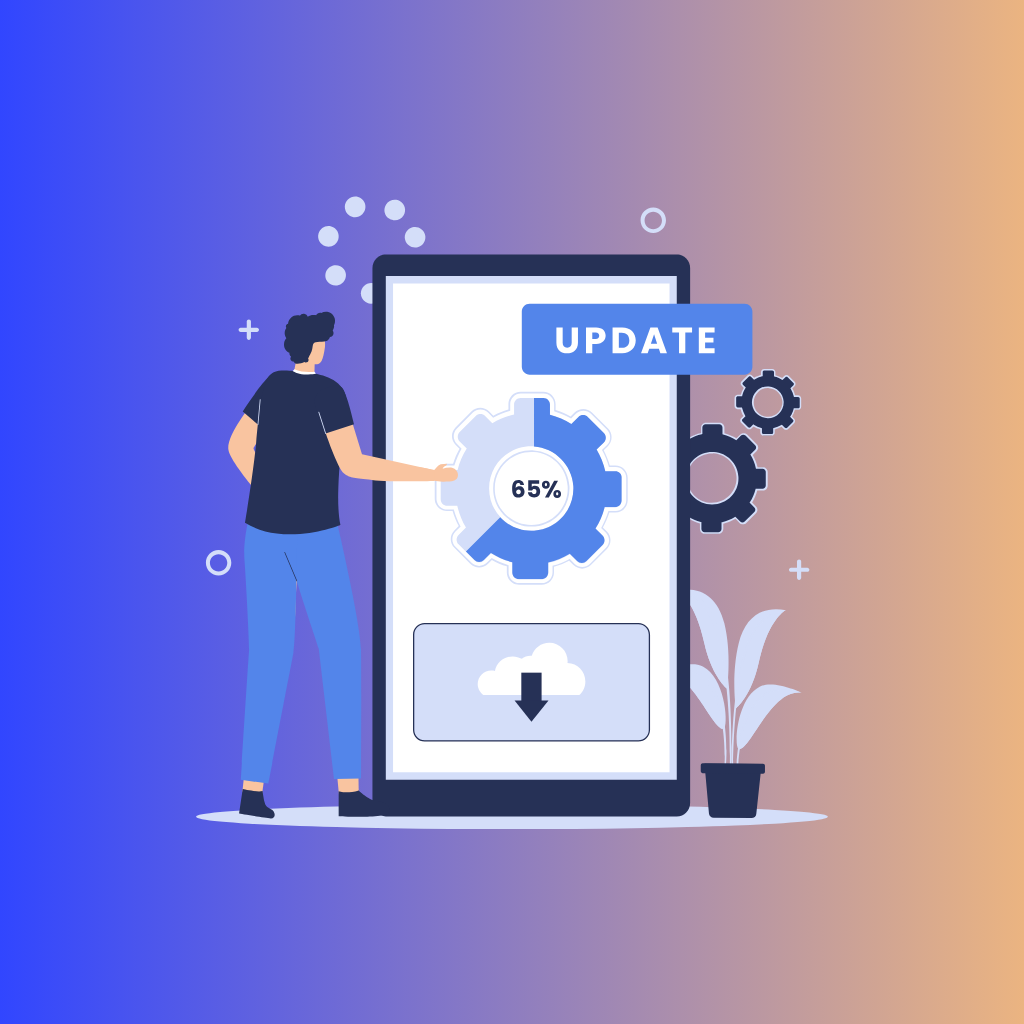In the ever-evolving world of mobile app development, understanding and tracking key performance metrics is not just beneficial—it's essential. For developers and business owners alike, these metrics provide a clear lens through which the health and success of an app can be evaluated. But why exactly are these metrics so crucial?
Firstly, metrics serve as a guidepost. They help you understand where your app stands in terms of user attraction, engagement, performance, revenue, and satisfaction. This information is vital because it informs decision-makers about what’s working well and what isn’t. For instance, high download rates might indicate effective marketing strategies, while a high churn rate could signal user dissatisfaction or app performance issues that need to be addressed.
Thus, understanding these metrics isn’t just about gathering data—it’s about translating this data into actionable insights that drive continuous improvement and growth. This approach ensures that the app remains competitive in a crowded market and continues to meet the evolving needs of its users. As we delve deeper into each category of metrics in the following sections, we'll explore how each one impacts the broader goal of creating a successful, user-friendly mobile application.
I. User Acquisition Metrics
User acquisition metrics are pivotal for understanding how effectively an app attracts new users. These metrics not only provide insights into the reach and appeal of your app but also help optimize the budget allocated for marketing efforts. Here’s a closer look at some of the key user acquisition metrics:
- Downloads: This is the total number of times your app has been downloaded from various app stores. It is one of the most direct indicators of your app’s reach and initial appeal. High download numbers can be a promising sign, suggesting that your app's marketing is effective and that the app potentially meets a need within the market.
- Install Rate: While downloads give you a raw number, the install rate goes a step further by showing the percentage of visitors to your app’s page in the app store who actually proceed to download it. This metric can help you assess the effectiveness of your app store presence, including factors like how appealing your app screenshots, descriptions, and overall app presentation are to potential users.
- Cost per Install (CPI): This metric calculates the financial cost associated with acquiring a new user by dividing the total spend on advertising by the number of app installs attributed to these ads. CPI is crucial for budgeting and assessing the financial efficiency of your marketing campaigns.
II. User Engagement Metrics
User engagement metrics are essential for understanding how users interact with your app after downloading it. These indicators measure the level of user interest and activity, helping developers and business owners to gauge the app’s stickiness, usability, and overall value to its users. Here are some key user engagement metrics:
- Daily Active Users (DAU) and Monthly Active Users (MAU): These metrics measure how many unique users open and engage with the app daily and monthly, respectively. High DAU and MAU suggest that the app is compelling and retains user interest over time.
- Session Length: This refers to the average amount of time a user spends in the app during a single session. Longer session lengths can indicate that users find the app valuable and engaging.
- Session Interval: This metric tracks the time between a user’s sessions, helping to understand how frequently users return to the app. A shorter interval typically indicates higher user interest and habit formation, which are positive signs of a successful app. Increasingly longer intervals may suggest waning interest, prompting a need to re-engage users through updates or marketing efforts.
- Retention Rate: Retention rate measures the percentage of users who return to the app after their first visit over a specific period. This metric is critical for assessing the app’s ability to hold users' interest over time.
- Churn Rate: Inversely related to retention rate, churn rate indicates the percentage of users who stop using the app. It is crucial for understanding user dissatisfaction and potential problems within the app.
III. Performance Metrics
Performance metrics are critical for ensuring that an app operates smoothly and efficiently, which directly impacts user satisfaction and retention. These metrics are primarily technical and focus on the app's operational aspects, from speed to stability. Here are some of the key performance metrics that every app developer should closely monitor:
- Load Time: This is the time it takes for the app to load to a usable state after a user initiates it. Fast load times are crucial as they contribute significantly to a positive user experience. Longer load times can lead to frustration and may increase the likelihood of app abandonment. Optimizing load time is essential, especially in retaining users and enhancing their experience from the moment they open the app.
- Crash Reports: This metric tracks the frequency and conditions under which the app fails unexpectedly. Monitoring crash reports is vital for maintaining the stability of your app. Frequent crashes can deter users from returning, damaging the app’s reputation and user retention rates.
- API Latency: API latency measures the time it takes for the app to make requests to and receive responses from back-end services. Efficient data exchange is crucial for performance, especially for apps that rely heavily on real-time data and services. High API latency can lead to delays in app functionalities, affecting user satisfaction.
IV. Revenue Metrics
For any commercially driven app, revenue metrics are fundamental indicators of financial health and business viability. These metrics help app developers and marketers understand the economic value generated by users, guiding strategic decisions around pricing, marketing, and product development. Let's delve into some of the critical revenue metrics every app should track:
- Average Revenue per User (ARPU): This metric represents the average revenue generated from each active user over a specific period, usually a month or a year. ARPU is calculated by dividing the total revenue by the number of users during that period. It's a crucial metric for assessing the financial contribution of your user base and is particularly useful for comparing revenue across different market segments or changes in user behavior over time. A rising ARPU indicates effective monetization strategies, while a declining ARPU may signal the need for adjustments in marketing or pricing.
- Lifetime Value (LTV): LTV predicts the total revenue a single user will generate throughout their engagement with the app. This metric is essential for determining how much investment is sensible for acquiring users and fostering their loyalty. Calculating LTV involves assessing the average revenue per user, retention rate, and churn rate. A high LTV suggests that users find long-term value in your app, which supports sustainable business growth and justifies more significant investment in acquisition and retention strategies.
- Conversion Rate: This is the percentage of users who convert from free or trial versions to making a purchase or subscribing to a paid version of the app. Conversion rate is a direct indicator of the effectiveness of your app's monetization strategies, including in-app purchases, subscription models, and upselling tactics. Optimizing the user experience to boost the conversion rate can lead directly to increased revenue, making this metric a key focus for growth-oriented app strategies.
V. User Satisfaction Metrics
User satisfaction metrics are vital for measuring how well an app meets the expectations of its users. These metrics provide direct feedback from users regarding their experiences and satisfaction levels, which can significantly influence an app’s reputation and success. Focusing on these metrics helps developers and businesses understand the quality of their user experience and pinpoint areas for improvement. Here are three key user satisfaction metrics to track:
- Net Promoter Score (NPS): NPS is a widely used metric that gauges user satisfaction and loyalty. It is typically measured by asking users how likely they are to recommend the app to others on a scale from 0 to 10. Responses are categorized into Promoters (9-10), Passives (7-8), and Detractors (0-6). The NPS is then calculated by subtracting the percentage of Detractors from the percentage of Promoters. A high NPS is indicative of strong user satisfaction and loyalty, suggesting that users are likely to act as advocates for the app.
- Customer Satisfaction (CSAT): CSAT measures the degree of customer satisfaction with the app based on specific interactions or overall experience. This metric is usually gathered through user surveys that ask how satisfied users are with the app, typically on a scale of 1 to 5 or 1 to 10. Analyzing CSAT scores can help identify areas where the app is performing well or falling short, allowing developers to make targeted improvements that enhance the user experience.
- App Store Ratings and Reviews: These are public feedback mechanisms available directly on app stores where users can rate the app and leave comments. Ratings and reviews not only influence the app's visibility and how potential users perceive it but also provide developers with unfiltered feedback about what users like and dislike. High ratings and positive reviews can boost app downloads significantly, while negative feedback can offer critical insights for improvement.
Throughout the development and lifecycle of a mobile app, tracking various metrics is not just a routine; it's a strategic necessity. Each category of metrics discussed—user acquisition, user engagement, performance, revenue, and user satisfaction—plays a crucial role in painting a comprehensive picture of an app's health and its prospects for success.
These metrics are indispensable because they offer tangible data points that can guide developers and business strategists in making informed decisions. For instance, user acquisition metrics help optimize marketing efforts, engagement metrics reveal user behavior and app usability, performance metrics ensure the app runs smoothly, revenue metrics gauge financial success, and user satisfaction metrics reflect the overall user experience.
The key to leveraging these metrics effectively lies in continual analysis and adaptation. By regularly reviewing these metrics, developers can identify trends, anticipate market changes, and respond to user feedback proactively. This dynamic approach allows for the fine-tuning of strategies in areas like marketing, customer service, product development, and overall business tactics.
In conclusion, the success of an app in today's competitive marketplace depends heavily on how well an organization can utilize these metrics to continually refine and evolve its strategies. By embracing a metric-driven approach, app developers and marketers can ensure that they not only keep pace with the industry but also stay ahead, delivering products that resonate with users and succeed commercially.





